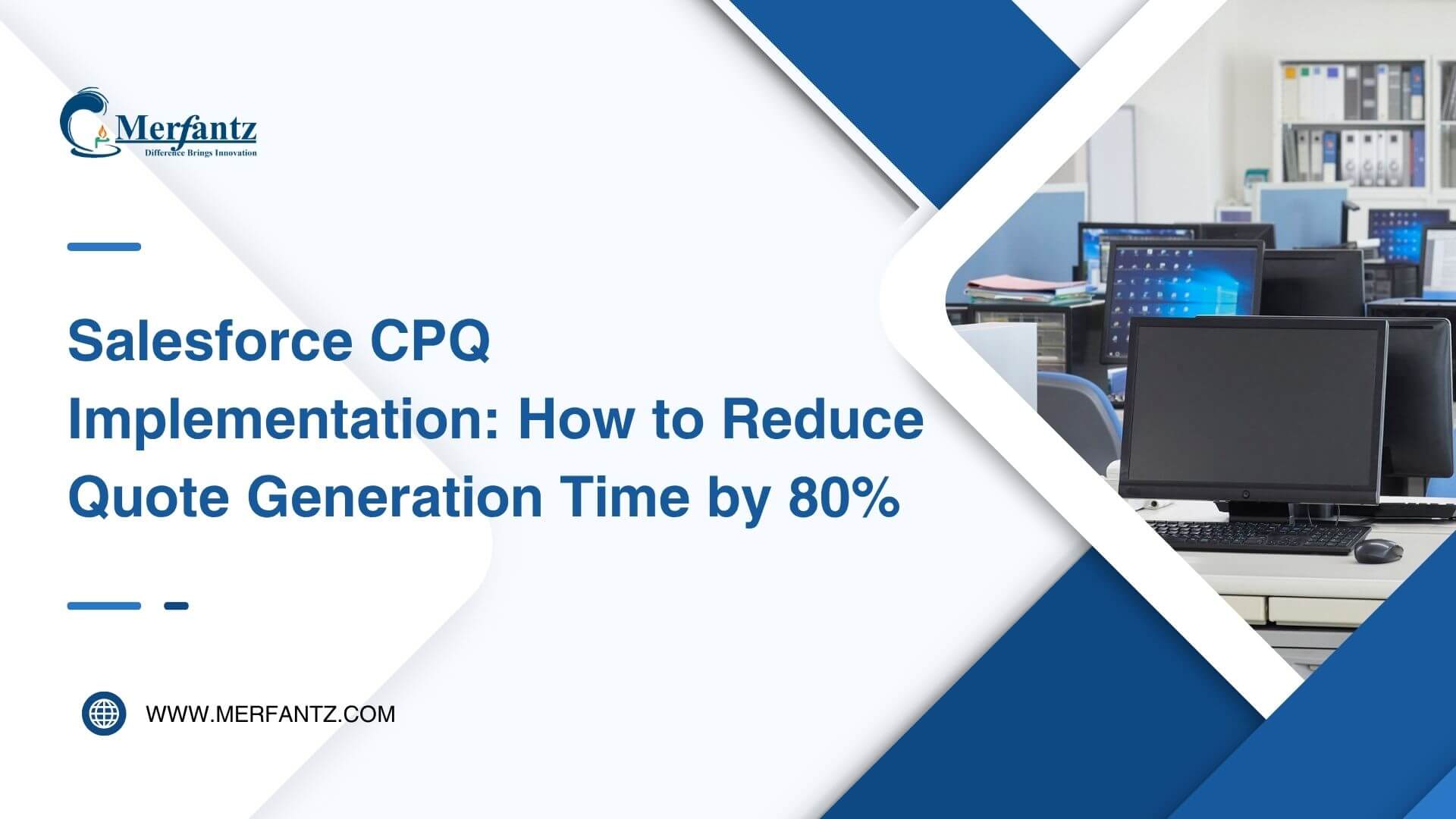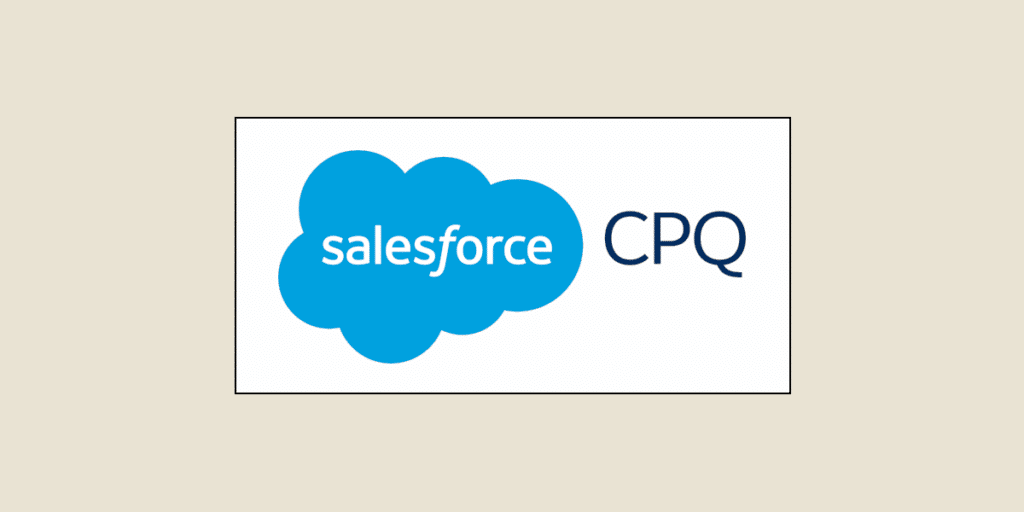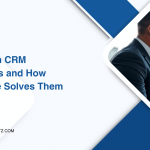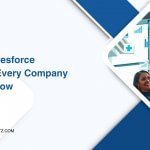
Surprising fact: I cut quote generation time by 80% after automating pricing rules, approvals, and product selection inside our sales platform.
I used an end-to-end approach to remove manual steps and errors from the quoting process. That meant embedding a quoting tool where my reps already work so product choice, pricing logic, and approvals matched customer needs.
The shift gave clear benefits: less admin time, more selling, and faster, more accurate quotes. Guided selling, bundle support, and automated approvals turned complex products into clean proposals that preserved margin.
Integrating quote data back into the CRM improved forecasting and reduced stalled deals. In this guide I share the playbook I followed—practical steps, feature choices, and rules that drove measurable revenue impact.
Key Takeaways
- Automate product selection and pricing rules to cut quote time and errors.
- Embed the quoting layer in the platform reps use to boost selling time.
- Use guided selling and discount controls to protect margin and speed deals.
- Connect quote data to CRM for better visibility and forecasting.
- Follow a step-by-step playbook to replicate my 80% time savings.

Why I Implemented Salesforce CPQ Now
I shifted focus to eliminate quote-related bottlenecks that slowed our sales cycle and frustrated buyers. Reps were spending roughly 72% of their time on admin and approvals, not selling, according to The State of Sales. That made waste visible and urgent.
The goal was simple: give sales teams one software flow that ties product, pricing, and approvals to CRM data so reps can generate a correct quote on the first pass.
I targeted specific process waste: duplicate data entry, unclear discount thresholds, and mismatched product mapping. Fixing those cut rework and sped approvals.
- Reduce time spent assembling proposals so reps spend more time selling and closing deals.
- Align pricing and approvals with buyer expectations to improve customer responsiveness.
- Drive measurable revenue gains by shortening the sales cycle and increasing quote accuracy.
Implementing salesforce cpq tied our quote creation to pipeline data, reduced context switching for sales reps, and made faster approvals a predictable path to higher revenue.
What Salesforce CPQ Is and How It Works Inside Sales Cloud
I embedded a quoting engine inside our sales platform so reps configure valid offers without leaving the CRM.
Configure
Product configuration and bundles guide reps through valid options. I use dependencies and rules to block incompatible choices and surface recommended bundles.
This keeps configurations consistent across teams and reduces back-and-forth with product and ops groups.
Price
Automated pricing handles volume tiers, regional logic, and customer-specific discounts. I centralize price rules so sales reps see compliant numbers in real time.
Approval workflows kick in when discounts exceed thresholds, protecting margin while speeding decisions.
Quote
The proposal generator builds branded, multi-currency quotes directly from the platform. That improves accuracy and shortens the quoting process.
Integration with ERP and subscription features helps maintain contract pricing and simplifies renewals.
Guided selling and compliance
Guided selling asks the right questions so reps narrow options fast. Embedded validations reduce errors and enforce approval policies.
- I turn complex catalogs into the right product mix with rules, bundles, and configurations.
- I centralize pricing logic to show compliant prices, discounts, and approvals instantly.
- I generate accurate, branded quotes that link back to CRM data for better forecasting.
How I Cut Quote Generation Time by 80%: My Strategy at a Glance
I reduced quote cycle time by rebuilding the quoting flow around clear rules and fewer handoffs. I began by benchmarking our baseline: manual quoting, slow approvals, and fragmented pricing data that stalled deals.
Baseline reality: Manual quoting, long sales cycles, and stalled deals
Reps duplicated entries across spreadsheets and emails. Approvals sat in inboxes for days. That friction stretched the sales process and lost momentum with customers.
Core levers: Product rules, discount controls, and automated approvals
I created product rules to block invalid combinations so reps configure correctly the first time. I added discount thresholds and automated routing so approvers only see exceptions.
Approvals run automatically and in parallel when safe, removing bottlenecks. I also centralized pricing updates so teams no longer chased versions in email threads.
Outcomes: Faster sales process, higher quote accuracy, and more revenue
Standardized templates and guided steps improved document accuracy and sped delivery to the customer. Weekly measures tracked how quickly and accurately we moved from opportunity to signed contract.
- Faster cycle time and fewer reworks
- Higher quote accuracy and compliance
- Tangible revenue lift from quicker close rates
My Salesforce CPQ Implementation Playbook
I began by mapping how reps and buyers moved through each step of a deal to find where delays piled up. That discovery shaped design choices so the quoting flow matched real buyer decisions and rep behavior.
Discovery and design
I mapped the sales process to buyer journeys to locate slow approvals, unclear options, and pricing gaps. I involved SMEs and IT early so rules reflected product and legal needs.
Data readiness
I cleaned product catalogs, pricing tables, and customer records so rules ran reliably. Accurate data cut errors and kept quotes aligned with contracts and inventory.
Product configuration
I modeled bundles with clear dependencies and validations so valid options are easy and invalid ones are blocked. This reduces rework for reps and downstream teams.
Pricing and approvals
I built volume tiers and contract pricing with guardrails to protect margin. Approval workflows routed exceptions by type—legal, finance, or special services—so reviewers only handled true exceptions.
- Standardize templates and e-sign for fast, branded proposals.
- Train users on the path a rep follows and why rules apply.
- Plan ongoing support to tweak rules and embed services SKUs for fulfillment.
Outcome: a repeatable, supportable build that speeds quote time, raises accuracy, and drives measurable revenue while keeping users productive.
Architecture and Integrations Across the Quote-to-Cash Lifecycle
I focused on connecting front-end sales workflows to back-end finance systems to close the loop on revenue. A tight architecture removes handoffs and keeps customer context intact across systems.
CRM integration and unified customer visibility
I integrate the quoting layer with Sales Cloud and Customer 360 so opportunity, account, and contact records drive configuration and quote creation. That single view reduces duplicate work and speeds decision-making for sales teams.
When product selections and pricing rules read from the same customer record, reps generate quotes faster and with fewer errors. Real-time sync means service and finance see the same assumptions I used in the quote.
Billing, subscriptions, and renewals
I connect billing and subscription modules to automate renewals, amendments, and usage-based pricing. This reduces manual invoicing and supports predictable revenue recognition under ASC 606 and IFRS 15.
Automated billing links contract terms to schedules so revenue posts correctly and finance can report on booked revenue and churn risk without reconciliation delays.
ERP connections and data flow
I link ERP systems for inventory checks, order fulfillment, and invoicing so quotes reflect what we can deliver. That alignment prevents fulfillment surprises and speeds order-to-cash cycles.
By exposing unified datasets from CRM, cpq, billing, and ERP, I surface analytics on pipeline, booked revenue, and compliance. Lightweight connectors and governance keep catalog and pricing changes consistent across the platform.
- I validate end-to-end scenarios so a configured product flows to order and invoices generate correctly.
- I design one process that moves from quote to cash and reduces manual reconciliations.
- I favor standard connectors to lower maintenance and speed time to value.
Result: a coherent quote-to-cash process that gives teams the right data at the right time and protects revenue integrity.
Salesforce CPQ vs Revenue Cloud and Modern Alternatives
When evaluating quoting software, I weighed speed of deployment alongside long-term revenue needs. The vendor shift matters: the vendor ended new sales of its standalone quoting product and moved toward a unified revenue suite that bundles billing, subscriptions, partner management, and recognition.
Today’s reality
The standalone tool still handles configure, pricing, and quoting well, but innovation is focused on the consolidated revenue product. Existing customers get support; new feature investment goes to the broader revenue platform.
When to choose each
I use the standalone tool for fast wins when my goal is immediate quote and pricing accuracy. It reduces friction for reps and cuts quote time now.
I recommend the consolidated revenue suite when a company needs end-to-end billing, renewals, and compliance at scale. That path often needs reimplementation and more upfront design.
Modern platforms and practical trade-offs
Alternatives like DealHub deliver no-code admin, native CRM connectors, headless APIs, and weeks-to-deploy timelines. They reduce dependence on consultants and speed time to value.
- Faster deployment: weeks vs months for heavy implementations.
- Lower TCO: fewer change requests and easier admin for frequent catalog updates.
- Feature parity: guided selling, approvals, and subscription management exist across options—choose based on product complexity.
- Pilot the option that matches your sales cycle and data model.
- Measure time to quote, deployment time, and maintenance effort.
- Roll out the winner with a phased plan aligned to compliance and support needs.
KPIs, Change Management, and Training That Make Results Stick
I measure the right KPIs to make sure process gains last beyond launch. Tracking weekly metrics keeps teams honest and shows where the quoting process still leaks time or margin.
Metrics that matter
I track quote generation time, win rates, discount ratios, and average deal size every week. These metrics prove the impact of automation on revenue and cycle time.
Regular dashboards highlight exceptions so I can spot training needs or rule gaps quickly.
Sales enablement
I embed guided selling, playbooks, and SME knowledge into flows so reps present the right options and pricing. This captures expert guidance at scale and reduces back-and-forth with product teams.
Training refreshers, role-based sessions, and office hours keep users confident and reduce adoption friction.
Governance and continuous improvement
- Rule version control: enforce changes with approvals and audits to keep compliance current.
- Pricing governance: instrument discounts to detect unnecessary concessions and target coaching.
- Data alignment: integrate CRM and ERP so quoted services match delivery and reduce post-sale issues.
I tie incentives and adoption goals to faster time to quote and cleaner handoffs. Continuous improvement cycles refine configurations and make it easier for sales reps to close deals with less effort.
Conclusion
I made configuration clarity and pricing transparency the core of our push to shorten deal cycles. Focusing on the right product mix, disciplined pricing, and streamlined approvals let my team compress the cycle and accelerate sales.
We saw measurable gains from fewer handoffs, cleaner proposals, and less rework on products and services in each deal. The software and tool choices helped, but success came from validated configurations and maintained options.
I invested in training and governance so sales reps and sales teams could sustain improvements. Even small updates to configuration and approvals delivered faster wins for customers and the company.
Start where friction is highest, prove value fast, and expand capabilities to scale outcomes. When pricing logic is clear and product selection is guided, deals move faster and reps spend time selling, not assembling documents.
FAQ
What can reduce quote generation time by 80%?
Why did I implement this quoting solution now?
How does product configuration work inside the sales platform?
How are pricing and discounts automated?
What makes quotes more accurate and professional?
How does guided selling improve close rates?
What was the baseline problem before implementation?
Which core levers drove the biggest gains?
What outcomes did I measure after rollout?
How did I prepare data for the project?
How did I design product bundles and options?
How are approval workflows structured?
How do proposals and e-sign impact the sales cycle?
What integrations are essential across quote-to-cash?
When should a company choose a quoting tool vs a full revenue management platform?
How do I measure success after launch?
What change management works best for sales teams?
How do I keep rules and configurations up to date?
Author Bio
Co-Founder & CMO at Merfantz Technologies Pvt Ltd | Marketing Manager for FieldAx Field Service Software | Salesforce All-Star Ranger and Community Contributor | Salesforce Content Creation for Knowledge Sharing






